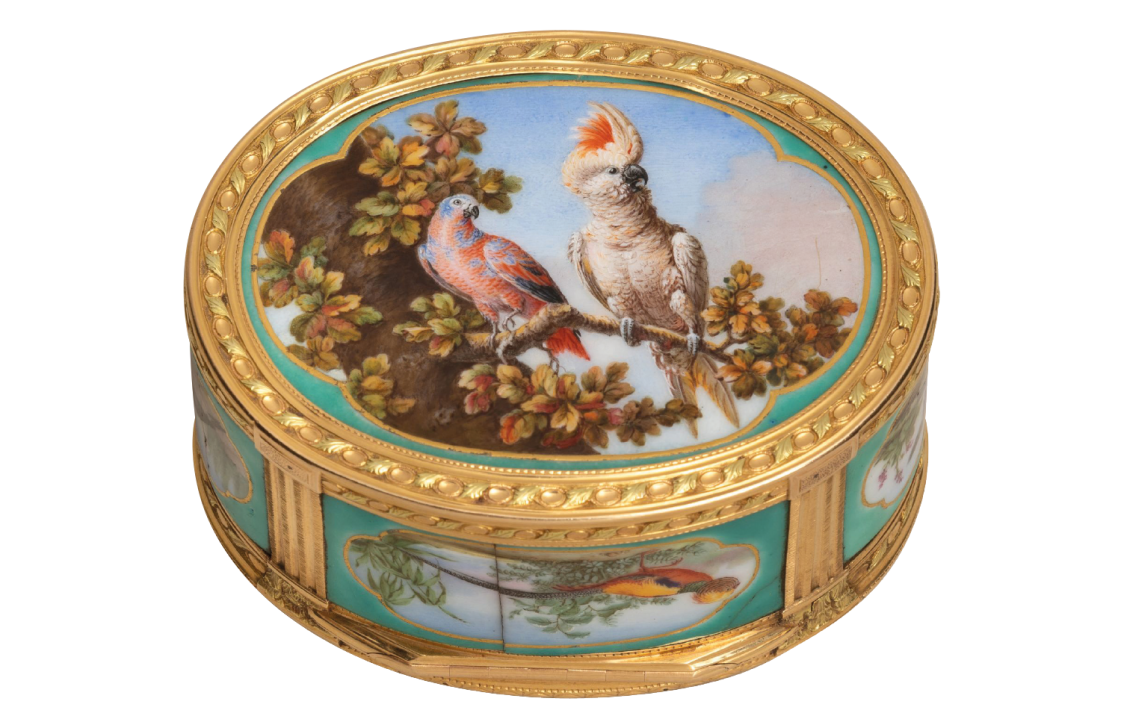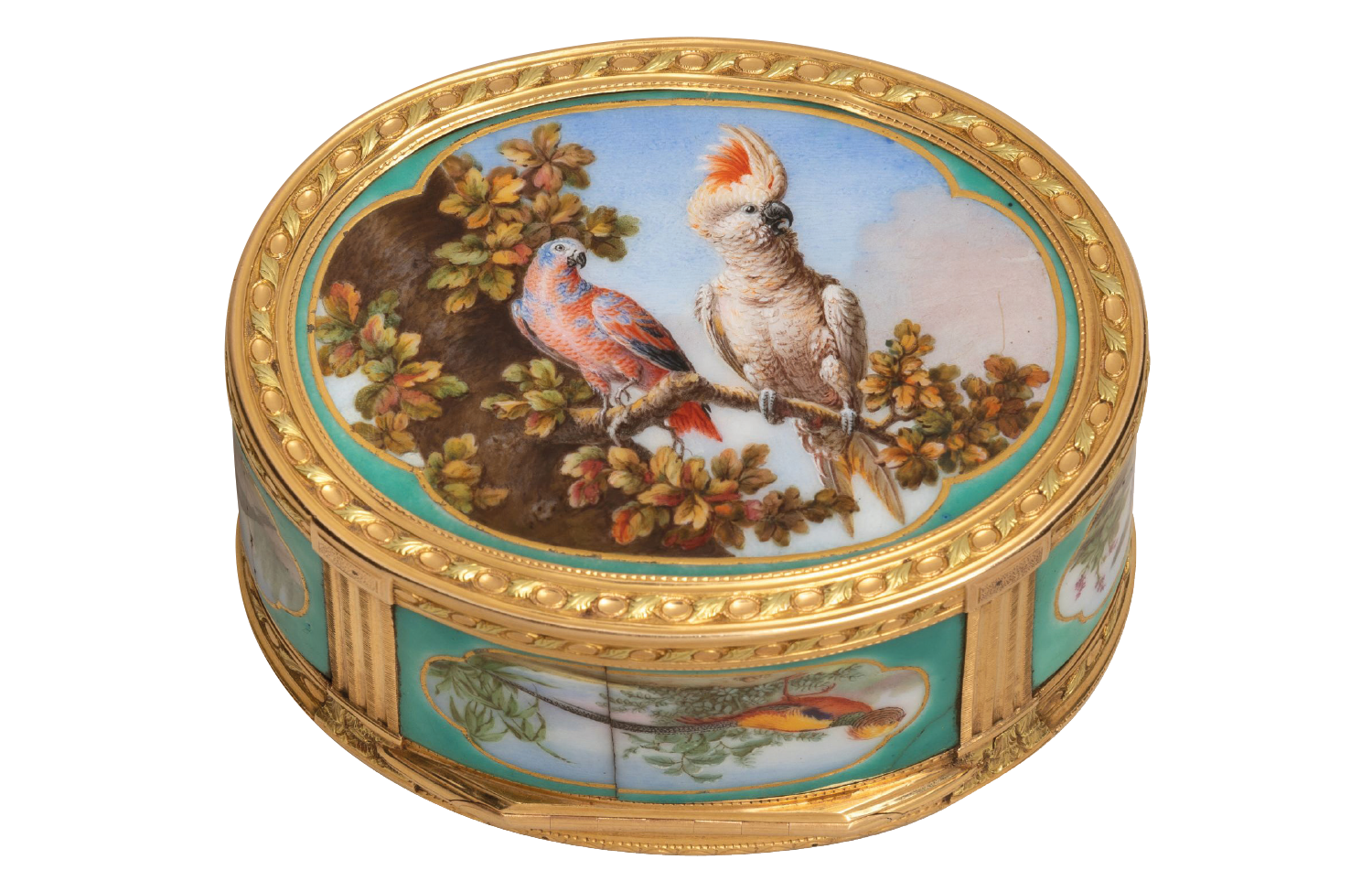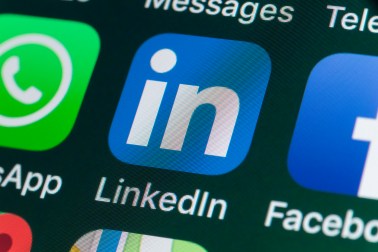People don’t accumulate stuff any more. When the late Victorian houses on our street change hands their interiors are stripped of all decorative features and the walls painted white, unrelieved by pictures: if their Victorian owners returned as ghosts, they would go snow-blind. The Victorians’ passion for accumulating stuff was close to an addiction, and no one accumulated it like the Rothschilds. But the Rothschilds didn’t stop at objects; they also collected exotic animals, especially birds. All the Rothschild chateaux and mansions boasted aviaries – and Baron Ferdinand de Rothschild’s Waddesdon Manor was no exception. Six years after its completion in 1883, a rococo aviary manufactured in France was installed in the garden: a family photograph shows Ferdinand feeding a scarlet ibis, a boater on his head and a bird whistle between his lips.
Painting exotic birds on porcelain wine coolers during a revolution might send anyone a little mad
It was a fashion started by European sovereigns; collecting exotic birds is not a cheap hobby. In 1884 Ferdinand spent £150, the equivalent of £20,000 today, buying birds from London Zoo; the bird food bill in a later account book comes to £421. But during the first world war the cages were turned over to rabbits, and when the house was bequeathed to the National Trust in 1957 the aviary was derelict. Restored and restocked with birds in 1966, its award-winning breeding programme for endangered species has since made it one of Europe’s smallest registered zoos. When I visited, a keeper was feeding a day-old hatch of Asian fairy-bluebird chicks a mousse of blended papaya.
The Rothschild passion for birds has inspired Waddesdon’s summer exhibition, which has brought together bird-themed objects from the collection with a paper trail of ingenious sculptures by Andy Singleton. A cut-paper version of the Rothschild’s peacock pheasant – first described by Ferdinand’s naturalist nephew Walter – peeks out from the vegetation in the Conservatory, while recreations of the hoopoes, pompadour cotingas and rosy-faced lovebirds decorating the Sèvres dessert service made for Russian count Kirill Razumovsky flutter over the table in the dining room.








Comments
Join the debate for just £1 a month
Be part of the conversation with other Spectator readers by getting your first three months for £3.
UNLOCK ACCESS Just £1 a monthAlready a subscriber? Log in